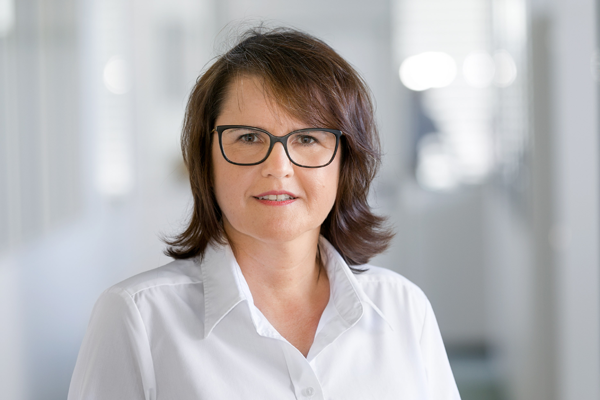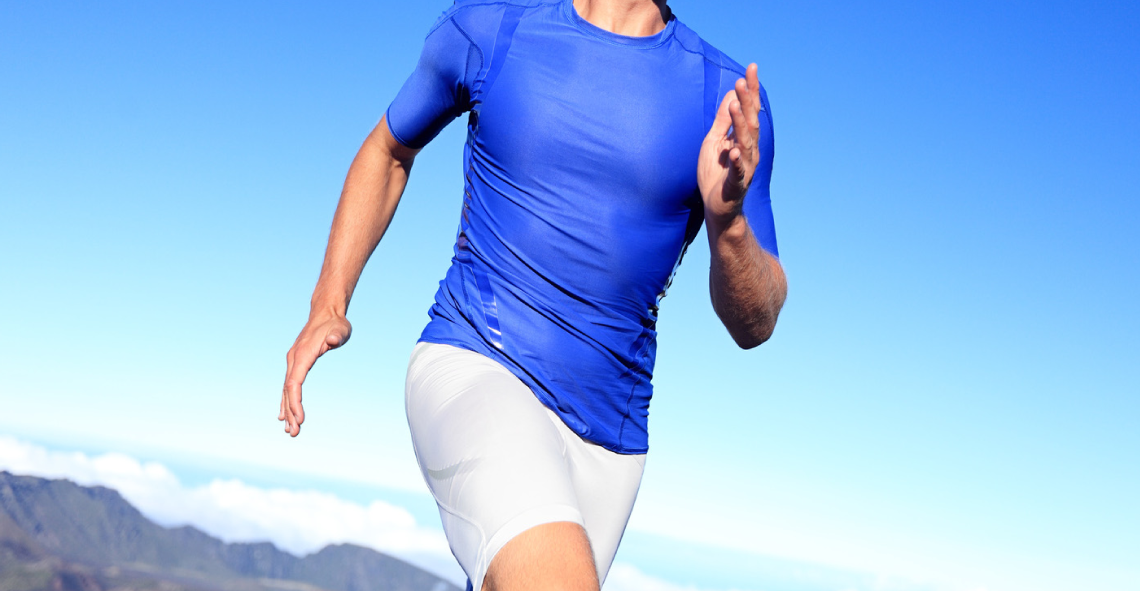Moisture Management and Wearing Comfort of Clothing
If your clothes are damp and clammy, you quickly feel cold and uncomfortable. Textiles with good moisture management absorb the moisture on the skin, wick it away rapidly to the outer surface of the fabric and release it to the environment. Especially for functional wear – such as professional workwear, personal protective equipment (PPE) and sportswear – it is essential that the clothing offers the wearer the highest possible physiological comfort. Depending on the use and the environment, functional garments should ideally protect against cold, heat, wind and weather.
How Does Good Moisture Management Work?
Hydrophobic textiles, which show water repellent properties, absorb very little moisture. Sweat remains on the skin and causes an unpleasant feeling of dampness on the body surface. Hydrophilic textiles absorb moisture very effectively. However, if the textile dries too slowly, the clothing stays moist for a long period of time and the wearer begins to feel cold. Textiles with good moisture management transport the dampness quickly to the outside of the garments where it evaporates rapidly. The result is a pleasant dry feeling on the skin of the wearer. The moisture is transported is transported by capillary force. The greater the fiber fineness, the smaller the spaces between the fibers, resulting in more effective wicking and better moisture transport. For quicker evaporation, the textile should have as large a surface as possible. This way the moisture, independent from the fiber type, can dissipate faster. Microfibers and special fibers with specific cross sections can contribute to improved capillary action, as well as a large fiber surface and thus to a rapid evaporation.
Tips for Optimal Functionalization and Moisture Management
The choice of the fiber material as well as the construction of the textile fabric are crucial to the quality of the moisture management and the physiological comfort for the wearer. Further optimization of the hydrophilic effect can be achieved by additional functionalization, finishings or coatings:
- Combination of water repellent inside and hydrophilic outside:
The fabric wicks the moisture away from the skin, so it can evaporate quickly from the surface of the textile. This can be achieved by a special textile finishing or coating of the fabric. - Partial inside hydrophobic coating:
With a partial coating of a hydrophilic material, the hydrophobic areas on the inside of the fabric feel dry. The partial textile coating does not interfere the moisture transportation, so that the textiles can dry fast.
Please Download Our Brochure.

In our brochure on Moisture Management you will find further information on the subject. Please download it by clicking the below button.
- Sylvia Palikowski
- Application technology
- +49 7121 9589-24
- sylvia.palikowski@drpetry.de


